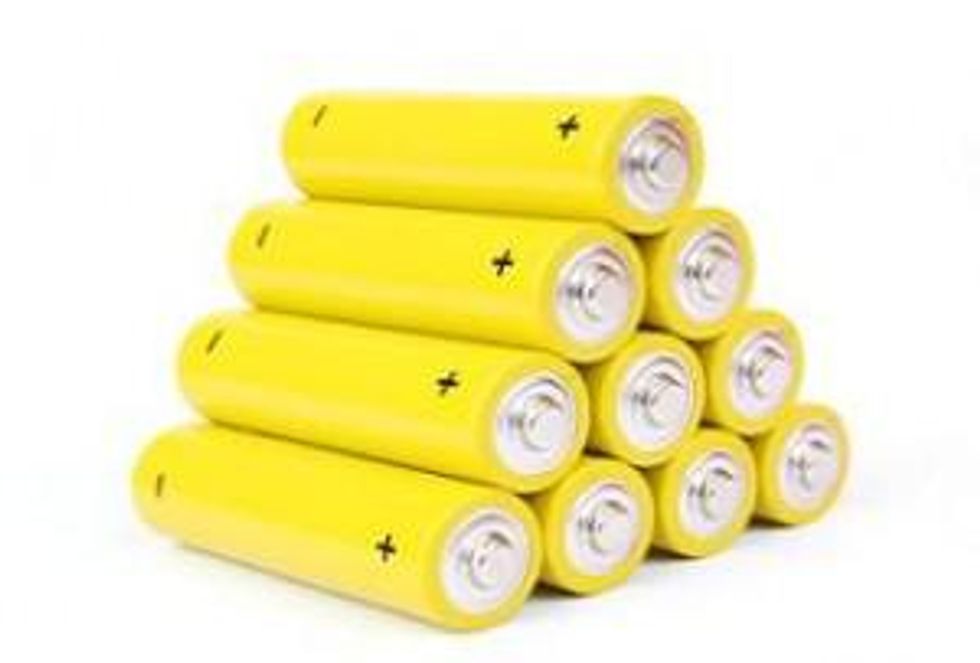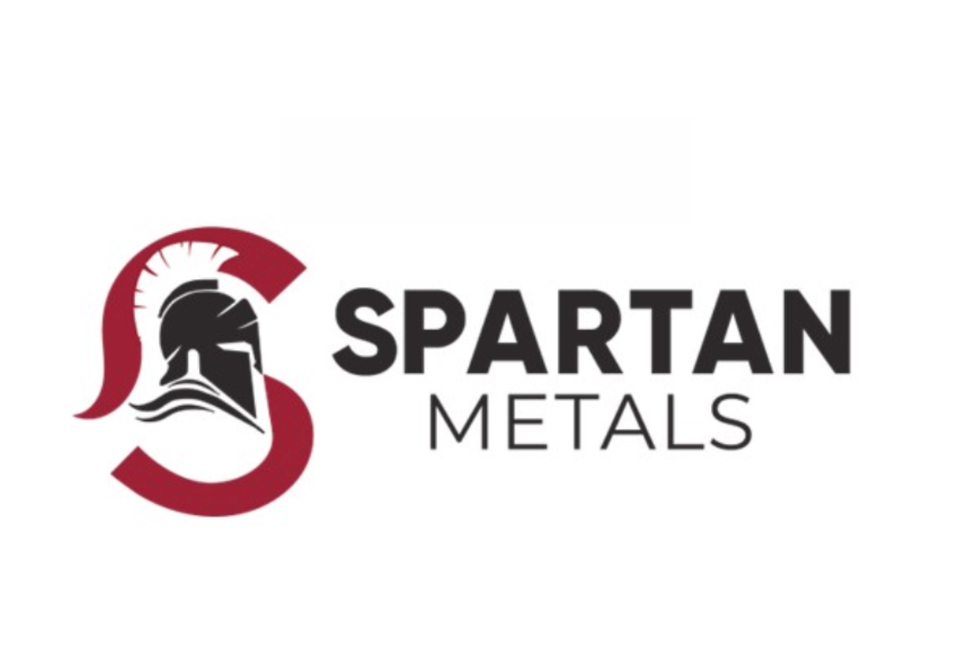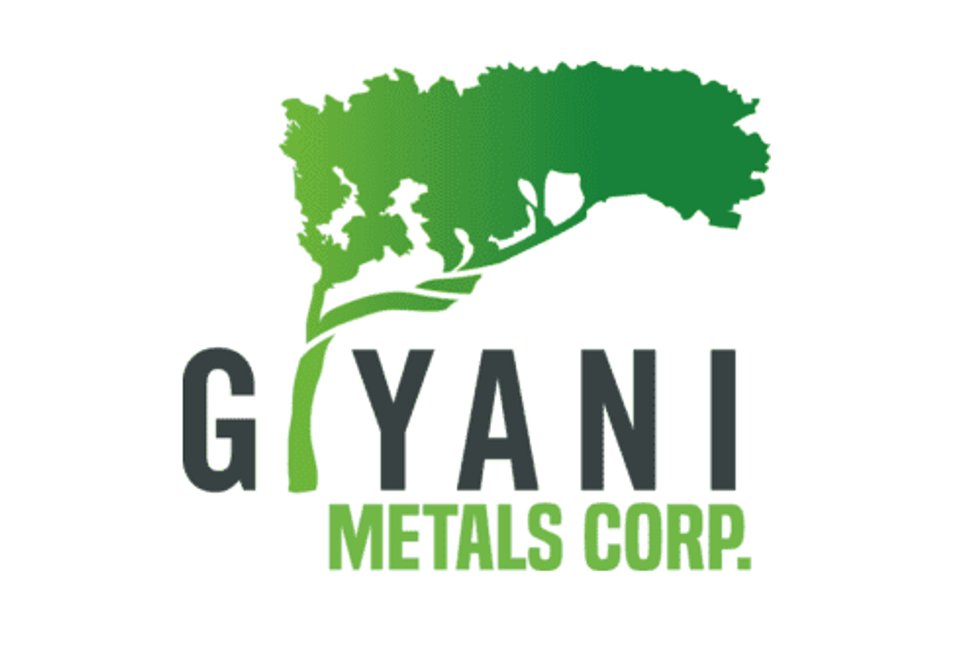Manganese: Battery Technologies Vie for Market Charge
Lithiated Manganese Oxide is one technology ideal for high-performance batteries. Milwaukee Tools uses this type of battery in their electric power tools and the adoption of this technology is growing into other applications.
Manganese is becoming a widely known component in the battery market. Lithium manganese dioxide batteries can offer a higher density and extremely long shelf life, making it a prime replacement for regular alkaline batteries. Lithiated manganese batteries are commonly used as button cells and cylindrical batteries.
Lithiated Manganese Oxide is one technology ideal for high-performance batteries. Milwaukee Tools uses this type of battery in their electric power tools and the adoption of this technology is growing into other applications. Currently, China in the primary producers of electronic grade manganese, though there are other projects coming on-stream around the world, including North America.
“The potential is there for every aspect of technology,” said Larry Reaugh, President and CEO of American Manganese (TSXV:AMY). “There are big advantages in weight, big advantages in retention of power and certainly those are big considerations in cars.”
Reaugh says that although Lithiated Manganese Oxide batteries have twice the life for half the weight of a nickel-cadmium battery, the technology has not yet reached its potential in terms of adaptation across North America.
“It’s adaptation. You’re tooled up to use a certain type of battery, that means you have to retool so these things take time, but I can see as far as I’m concerned, the lithiated manganese will be a major contender for the battery industry,” said Reaugh.
There are several other minerals that are particularly sought after in the emerging battery market, but because of many factors ranging from supply security to current technological limitations no particular material is yet to dominate the market.
The importance of battery technologies
Batteries are poised as one of the most prominent technologies of the near future, particularly with emerging markets in electric vehicles and renewable energies. Manufacturing these batteries requires an input of minerals, and everyone from extractors to downstream technology producers are vying to invest in battery technologies that will be affordable, available and efficient. Cobalt is emerging as an efficient mineral in battery technologies with a variety of applications, though limited supply sources and listing as a “critical metal” are limiting their widespread adoption, though there have been many improvements in recycling processes.
“Batteries are probably the most important science frontier right now,” said John Kaiser, founder of Kaiser Bottom Fish, speaking at the Critical Metals Investment Symposium in Vancouver, BC. “The electrification of the car industry is another major new trend that has to happen simply because peak oil is a reality and we cannot depend on just oil imported from other parts of the world that are potentially unstable.”
There are several ideal performance qualities for most batteries, depending on the application, but some of the most desirable traits are a fast charge rate – especially for electric vehicles – the amount of charge a battery can hold, and how fast it can discharge energy.
Charge rate is important because it determines how quickly a battery can be charged. Battery density – how much volume and how much weight is required – is again ideal for high-performance applications like electric vehicles, but also extends into large grid-scale electricity storage.



